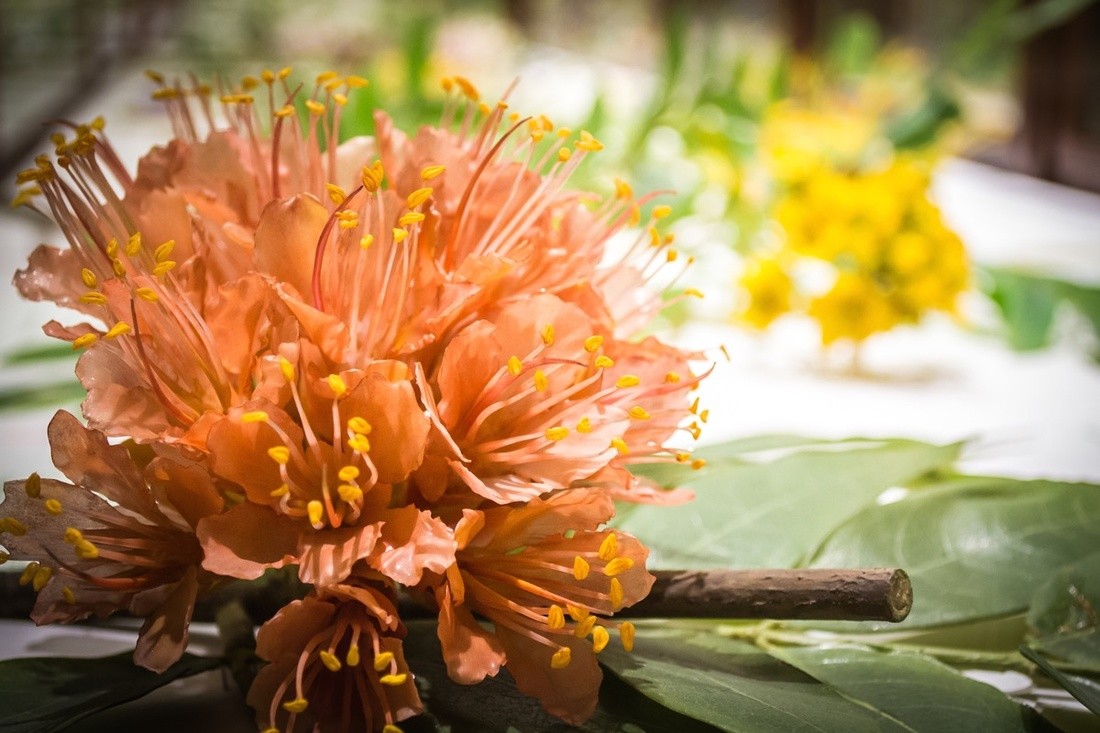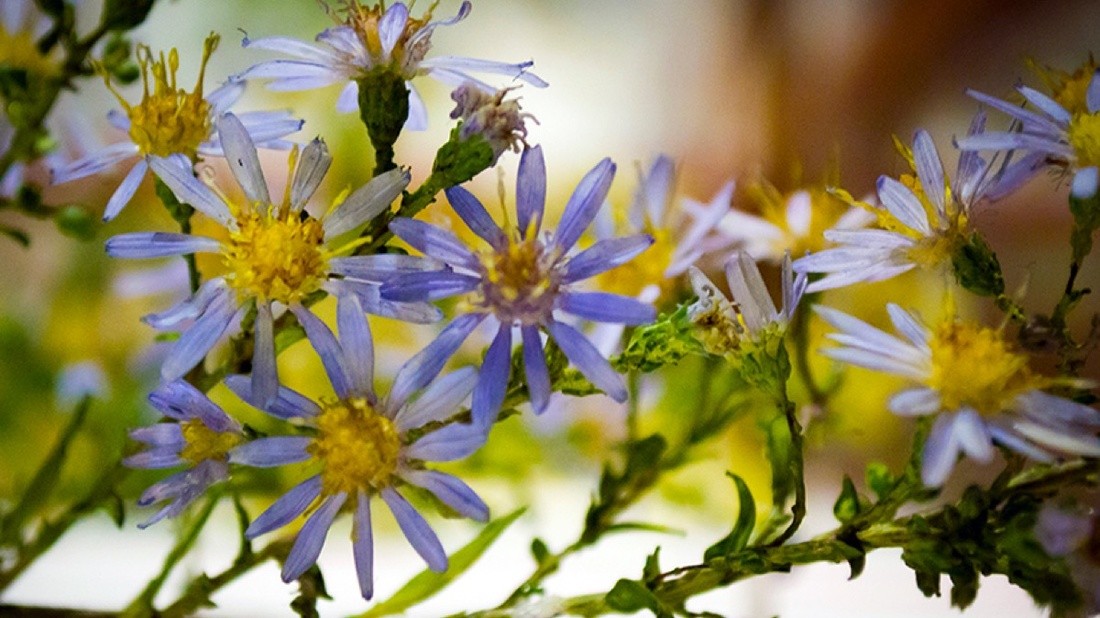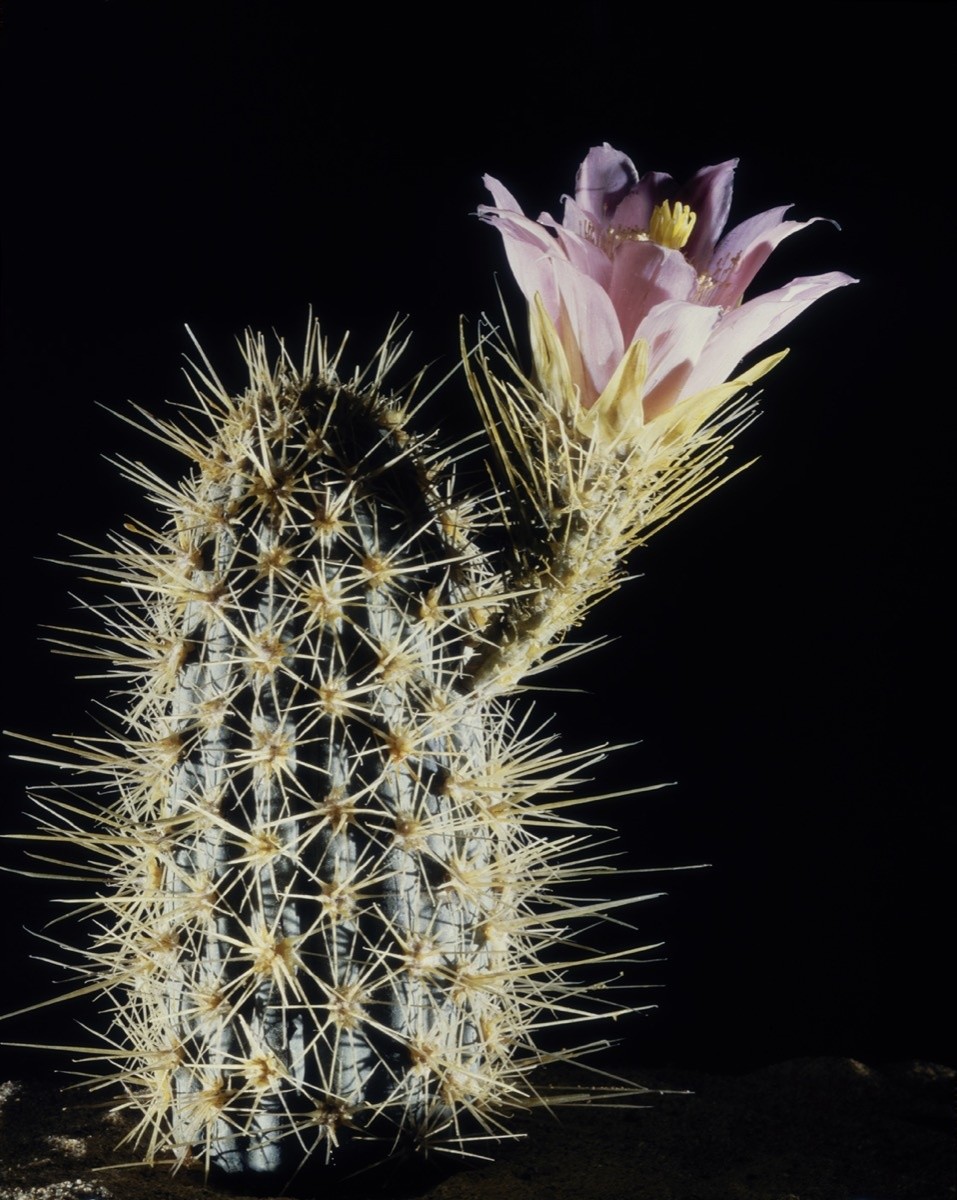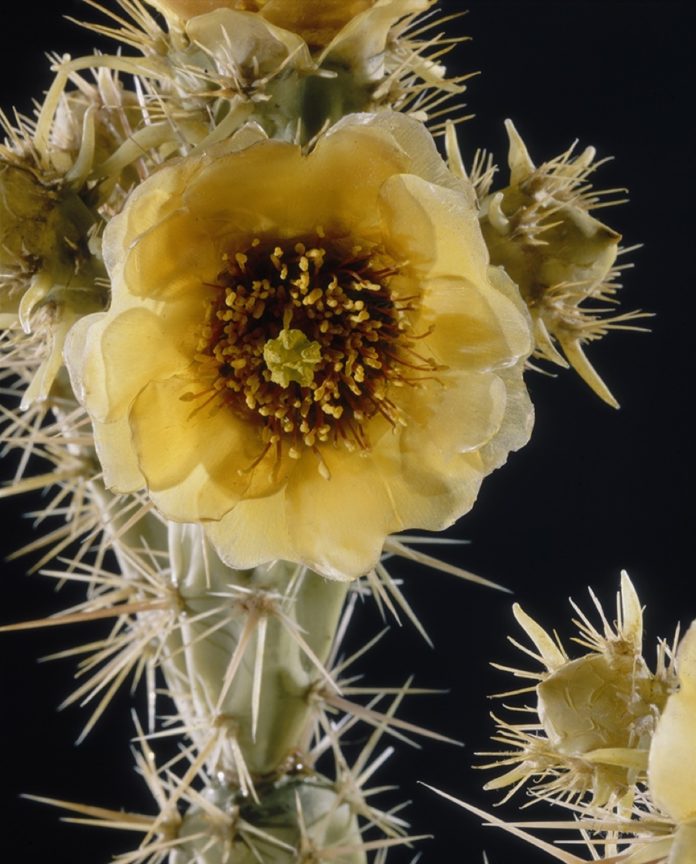The problem with Harvard University’s collection of glass flowers, explains professor of botany Donald H. Pfister, is that they’re too realistic. “When they’re photographed, they just look like plants,” he says, ruefully. “So how do you make a photo book that lets people know that these are actually glass models?” Today, the collection is housed in a dedicated gallery at the Harvard Museum of Natural History.

The first director of Harvard’s Botanical Museum, George Lincoln Goodale, was initially fooled by the models. During a 1886 trip to Germany to visit the home of glassmakers Leopold and Rudolf Blaschka, he saw what he assumed to be a vase of blooming, freshly-cut orchids. In truth, each delicate petal and curving stem had been hand-crafted from the glass.

Initially, the Blaschkas—who had already established a thriving glassmaking business—were reluctant to accept the job. Leopold, the elder Blaschka, had begun his career making costume jewelry, chandelier attachments, and other luxury goods. He even made glass eyes, both for human use and taxidermy.

Natural history museums from India to Scotland ordered thousands of these models through scientific supply catalogs. A handful is in Harvard’s collection, including a delicate sea anemone and a transparent jellyfish.
Although the Harvard collection is arranged systematically to illustrate the development of plant life, it simultaneously reveals the evolution of the Blaschkas’ craft.

The Blaschkas used a process called lampworking (or flameworking)—heating rods of clear or colored glass over a small burner, then bending them using metal pliers—to craft their masterpieces. It’s an old and quite common glassworking technique, says Pfister. “The Blaschkas just had really exceptional skills,” he says. “They stressed that there were no tricks involved.”
Even modern-day glassmakers can’t precisely replicate their work, although they’ve tried in a series of annual competitions that pay homage to the German masters.
Although some of the models are now more than a century old, Pfister notes that he’s never found a botanist who could find fault with them. “There’s this tendency to look at the plants you know best and ask, ‘Can I find something wrong?’ People don’t find anything wrong. The arrangements, the counts of structures, and so forth, they’re all accurate.”

In the end, the Blaschkas had produced nearly 4,300 glass models for the university.

























